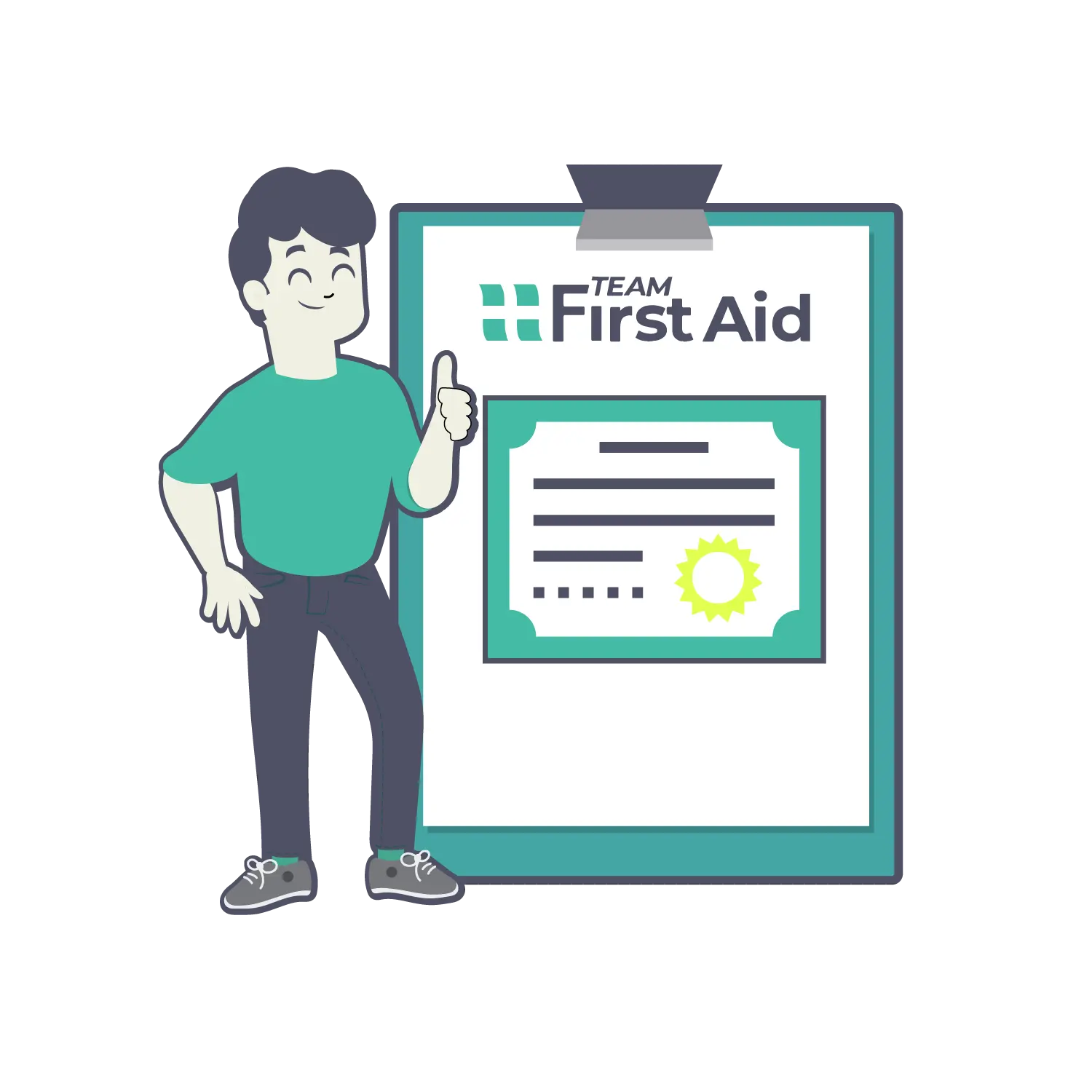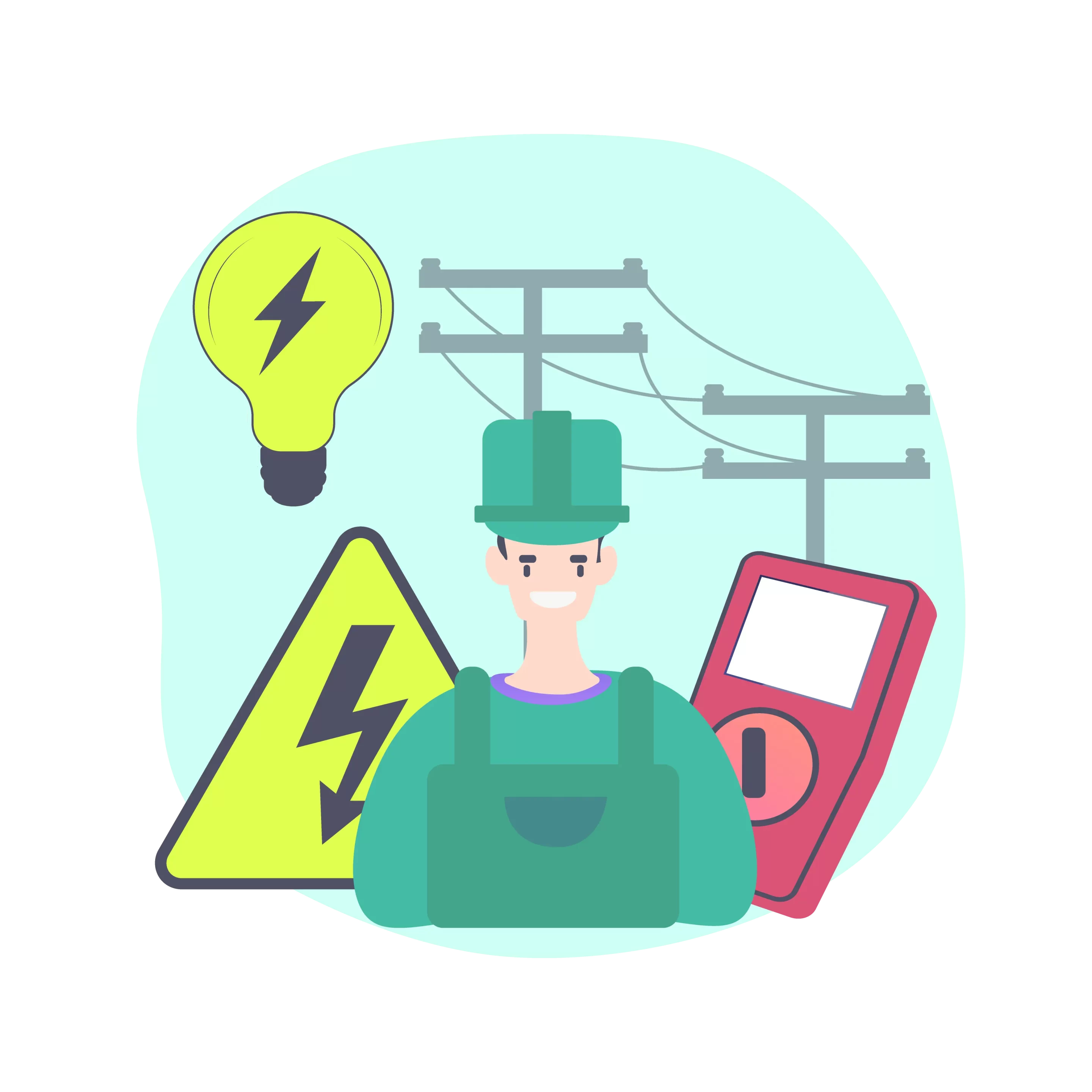UETDRMP018
Perform rescue from a live low voltage panel
Your yearly LVR / CPR Refresher Course — refined and streamlined to save you time.
1.5 hr Hands-on X-press sessions
Streamlined online theory
Certificates in 24 hrs of completion
Book public course
Choose a suburb and secure your spot at an upcoming X-press CPR session. Spots limited!
Fees
ONLY
$121

Time
ONLY
~2 HRS Online +
1.5 HR Practical

Certification
– UETDRMP018 Perform rescue from a live low voltage panel
– HLTAID009 Provide CPR
OPTIONAL: Add HLTAID011 Provide First Aid (Call/Text 0483 929 600 to book)
Delivered in 24hrs

About this course
Our Low Voltage Rescue (LVR) Course – UETDRMP018 Perform Rescue from a Live Low Voltage Panel is designed to equip participants with the essential skills and knowledge required to perform a rescue from a live low voltage (LV) electrical panel. This course is crucial for those working in environments where they may be exposed to electrical hazards and need to ensure the safety of themselves and others.
This course is delivered in combination with HLTAID009 Provide Cardiopulmonary Resuscitation, ensuring participants also fulfill the yearly CPR requirements for related professions.

What's covered?
A Low Voltage Rescue (LVR) course is designed to equip individuals with the knowledge and skills necessary to safely rescue a person from a low voltage electrical incident. Here are some key aspects typically covered in an LVR course:
- Safety Procedures: Understanding and implementing safety procedures when dealing with low voltage electrical incidents is paramount. This includes assessing the scene for potential hazards and ensuring personal safety before attempting a rescue.
- Risk Assessment: Assessing the risks involved in a low voltage rescue scenario, including identifying potential hazards such as live wires, water, or other conductive materials.
- Equipment Use: Training in the proper use of personal protective equipment (PPE) such as insulated gloves, mats, and tools designed for use in electrical rescue situations.
- Rescue Techniques: Learning effective techniques for safely removing a victim from the electrical source without putting oneself or the victim at further risk. This may involve using insulated rescue hooks or other specialized tools.
- First Aid: Basic first aid and CPR skills may also be included, as the victim of a low voltage electrical incident may require immediate medical attention.
- Legal and Regulatory Requirements: Understanding relevant legal and regulatory requirements related to electrical safety and rescue operations.
- Practical Exercises: Engaging in hands-on exercises and simulations to practice rescue techniques in a controlled environment.
The course is typically targeted at individuals who may be first responders, emergency personnel, or workers in industries where exposure to low voltage electrical hazards is possible, such as construction, utilities, and maintenance. It’s essential for participants to regularly update their skills and knowledge to ensure readiness in the event of an emergency.
COURSE CONTENT
Participants will learn how to:
- Identify and manage hazards associated with LV electrical panels.
- Use appropriate personal protective equipment (PPE).
- Apply safe work practices to perform a rescue from a live LV panel.
- Administer CPR (Cardiopulmonary Resuscitation) to an affected person.
- Perform a rescue from a live LV panel using the LV Rescue Kit.
- Use a fire blanket to extinguish a person on fire.
- Provide first aid for burns.
- Understand and follow relevant legislative and industry standards.
LEARNING OUTCOMES
Upon completion of this course, participants will be able to:
- Perform a rescue from a live LV panel safely and effectively.
- Provide immediate first aid and CPR in the event of an electrical incident.
- Demonstrate competency in hazard identification, risk assessment, and implementation of control measures.
COURSE DURATION
This comprehensive training course is typically completed in one day. However, the exact duration may vary depending on the participants’ prior knowledge and experience.
CERTIFICATION
Participants who successfully complete the course will receive a nationally recognised Statement of Attainment for UETDRRF004 Perform Rescue from a Live LV Panel and HLTAID009 Provide Cardiopulmonary Resuscitation.
PREREQUISITES
There are no formal prerequisites for this course. However, it is recommended that participants have a basic understanding of electrical safety and first aid.
DELIVERY METHOD
The LVR CPR course is delivered through a combination of theoretical instruction and practical hands-on training. Our experienced trainers will guide participants through realistic rescue scenarios to ensure they are fully prepared for real-world situations.
Low Voltage Rescue (LVR) Course FAQ
What is a Low Voltage Rescue course?
A Low Voltage Rescue course trains individuals to safely rescue someone who has received an electric shock from low voltage sources (typically up to 1000 volts AC).
Who should take a Low Voltage Rescue course?
Electricians, electrical workers, maintenance personnel, and anyone working with or near low voltage electrical equipment should take this course.
Why is Low Voltage Rescue training important?
It equips individuals with the skills to perform a safe rescue in the event of an electrical incident, potentially saving lives.
What will I learn in a Low Voltage Rescue course?
Techniques for assessing the scene safely, performing a rescue using appropriate tools and equipment, and administering basic first aid until professional medical help arrives.
How long does the course take to complete?
Course durations can vary, but typically range from half a day to one full day, depending on the depth of training provided.
Will I learn about electrical safety in general or just rescue techniques?
The course typically covers both aspects, emphasizing safety protocols and rescue procedures to minimize risks associated with low voltage electrical incidents.
